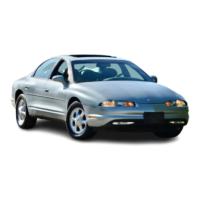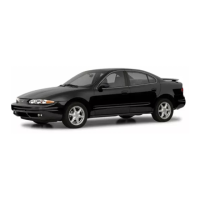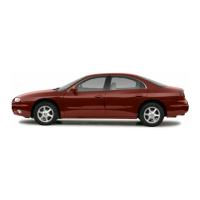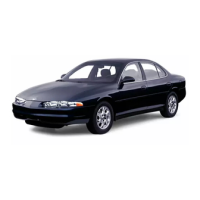But
the
ability to drive is affected well below
a
BAC
of
0.10
percent. Research shows that the driving skills
of
many people are impaired at a BAC approaching
0.05 percent, and that the effects are worse at night.
All
drivers are impaired at BAC levels above
0.05
percent.
Statistics show that
the
chance of being
in
a
collision
increases sharply for drivers who have a BAC of
0.05
percent
or
above.
A
driver
with
a BAC level of
0.06
percent has doubled his
or
her chance of having a
collision.
At
a BAC level of
0.10
percent, the chance of
this driver having a collision
is 12 times greater; at
a
level
of 0.15 percent, the chance
is
25
times greater!
The body takes about an hour to rid itself of the alcohol
in one drink.
No
amount of coffee or number of cold
showers will speed that up.
“I’ll
be careful” isn’t the
right answer. What
if
there’s an emergency, a need to
take sudden action, as when
a
child darts into the street?
A
person with even a moderate BAC might not be able
to
react quickly enough to avoid the collision.
There‘s something else about drinking and driving that
many people don’t know. Medical research shows that
alcohol
in
a person’s system can make crash injuries
worse, especially injuries to the brain, spinal cord or
heart. This means that when anyone who has been
drinking
--
driver or passenge.r
--
is
in
a crash, that
person’s chance of being killed or permanently disabled
is higher than
if
the person had not been drinking.
Drinking and then driving is very dangerous.
Your reflexes, perceptions, attentiveness and
judgment can be affected by even a small amount
of alcohol. You can have a serious
--
or even
fatal
--
collision
if
you drive after drinking.
Please don’t drink and drive
or ride with a driver
who
has been drinking. Ride home in a cab; or if
you’re with
a
group, designate a driver who will
not drink.

